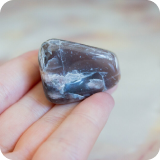- Introduction to Rockhounding
- Federal Rockhounding Laws Regulations in the U.S.
- Rockhounding Adventures: 8 States and Their Unique Regulations
- Tips to Ethical and Safe Rockhounding in the U.S.
- Final Thoughts
Have you ever wondered about the legalities of rockhounding while marveling at a beautiful geode or crystal? Rockhounding, the hobby of collecting rocks and minerals from their natural environment, has grown in popularity in the U.S. over the past few years.
From the vast deserts of Arizona to the mountainous terrains of Colorado, enthusiasts are flocking to these areas in search of nature’s treasures.
While the core of this article delves deep into the regulations and laws surrounding rockhounding, let’s address the burning question first. No, soil alone is not typically used for cleansing and charging crystals.
Most rockhounds prefer methods like moonlight, sunlight, or salt water. However, the belief in the power of the earth means that some might bury their crystals in the soil for a more natural energy cleanse.
Ready to unearth the mysteries of rockhounding regulations? Dive into the article to discover the dos and don’ts of this fascinating hobby!
Introduction to Rockhounding
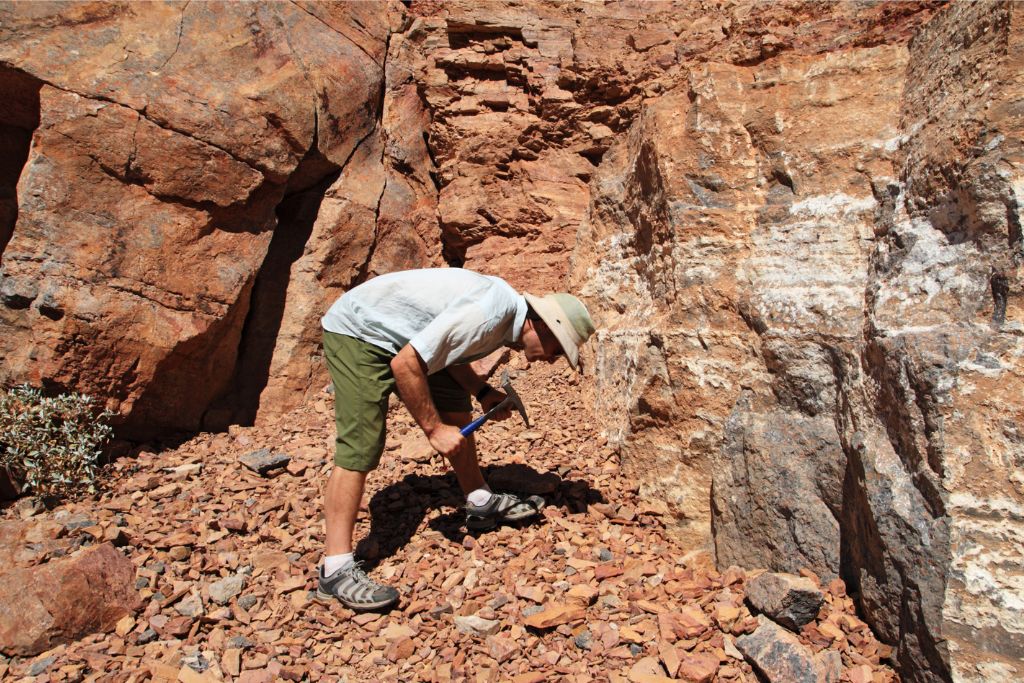
Rockhounding, a captivating hobby that has its roots deeply embedded in history, has always been about the thrill of discovery. From the early Native Americans to modern-day enthusiasts, the allure of unearthing nature’s hidden gems has been irresistible.
Some of the most notable hauls in America include discovering the “Uncle Sam” Diamond in Arkansas, weighing in at a staggering 40.23 carats, and the stunning blue cap Tourmalines found in California.
However, with the increasing popularity of rockhounding, especially in states like California and Washington and areas near renowned rockhounding sites, there’s a growing emphasis on the importance of adhering to laws, rules, and regulations.
For beginners and seasoned rockhounders alike, understanding the legal landscape is crucial. Whether you’re consulting a “rockhounding map” or investing in “rockhounding tools,” always remember that the true essence of this hobby lies in responsible exploration.
Federal Rockhounding Laws Regulations in the U.S.

Understanding the legal landscape is crucial for rockhounding enthusiasts in the U.S. Several federal laws and regulations govern the collection of rocks, minerals, and fossils on public lands. Here’s a breakdown of some key regulations:
General Mining Law of 1872
This foundational law was established to allow individuals to stake claims on mineral-rich public lands. While its primary focus is on commercial mining, it sets the stage for mineral rights and extraction on federal lands.
Antiquities Act
Under the Antiquities Act, meteorites, considered objects of scientific interest, are not available for collecting. This act also protects historical and archaeological sites on public lands, ensuring that no historical artifacts are removed from federal territories.
Bureau of Land Management (BLM) and U.S. Forest Service Regulations
Free Use Permit for Lapidary Materials: This permit covers materials like Agates, Jaspers, Obsidian, and Quartz crystals. Collecting these for personal use is generally allowed, but selling or bartering them is prohibited.
- Petrified Wood Collection: Hobbyists can collect petrified wood for personal use, but it cannot be sold or bartered. Specific rules might apply to designated collection areas.
- Mineral Specimens: Collection for personal use is allowed, but these specimens cannot be sold or bartered.
- Metal Detecting: Metal detecting for precious metals is considered prospecting and prohibited on mining claims without the claimant’s permission.
- Artifacts: Prehistoric, historic, and archaeological resources cannot be disturbed or removed from federal lands.
- Meteorites: As mentioned, meteorites are subject to the Antiquities Act and are not available for collecting.
Rockhounding must be done responsibly, respecting both the environment and the laws of the land. You can refer to the Recreational Mineral Collecting guide by the USDA Forest Service for a more detailed understanding of these regulations.
Rockhounding Adventures: 8 States and Their Unique Regulations
The allure of unearthing nature’s treasures has led many to explore the vast landscapes of the U.S. However, each state has its own set of regulations and popular destinations for rockhounding. Let’s delve into some prominent states and their unique rockhounding landscapes.

California
California, with its rich geological diversity, has been a hotspot for rockhounding for centuries. Gem Hill is one of the state’s most renowned places, attracting countless rockhounds over the years.
The California Gold Rush of the 1800s might have ended, but the spirit continues today with small miners mining for gold and silver in over 5,000 mining claims.
Additionally, rockhounders search for rocks, minerals, and gemstones on public lands. The Bureau of Land Management (BLM) collaborates with various stakeholders to carry out the mineral materials program on BLM-administered lands in California.
Popular Rockhounding Destinations:
- Mojave Desert
- Death Valley
- Wiley’s Well District
Crystals found in California: Quartz, Tourmaline, Benitoite, Garnet, and Gold.
Oregon
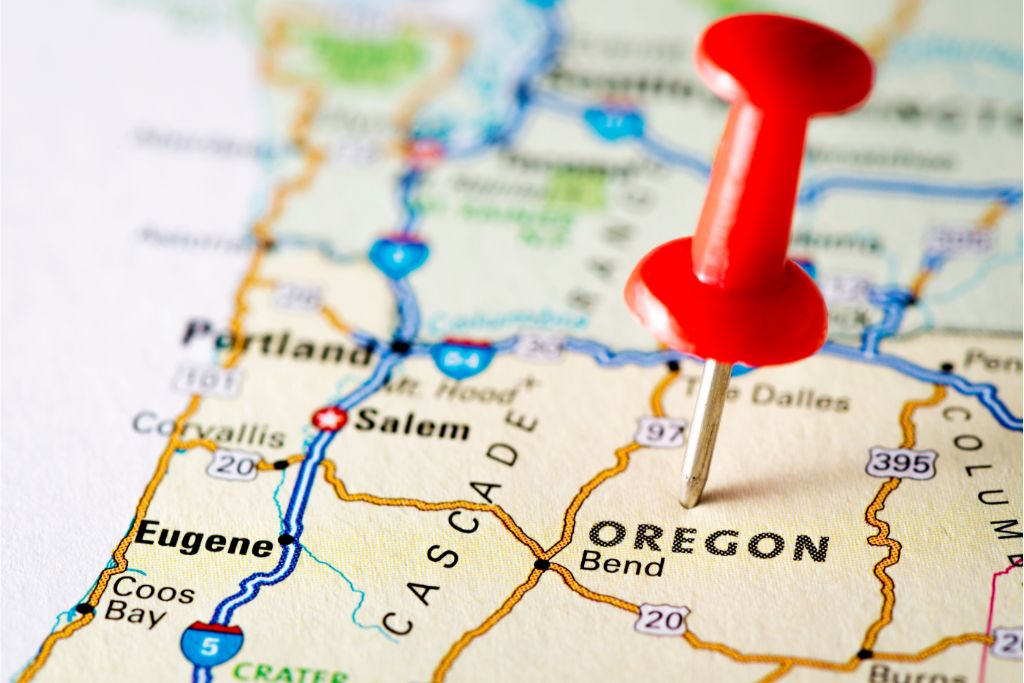
Oregon, known for its diverse landscapes, is also home to Richardson’s Rock Ranch, a popular destination for rockhounding enthusiasts. The history of rockhounds in this region is rich, with many drawn to the state’s unique geological formations.
As for regulations, it’s essential to be aware of specific state laws and guidelines to ensure responsible rockhounding.
Popular Rockhounding Destinations:
- Sunstone Public Collection Area
- Lucky Strike Mine
- Dust Devil Mining Co.
Crystals found in Oregon: Sunstone, Thunder Eggs, Jasper, Opal, and Agate.
Nevada
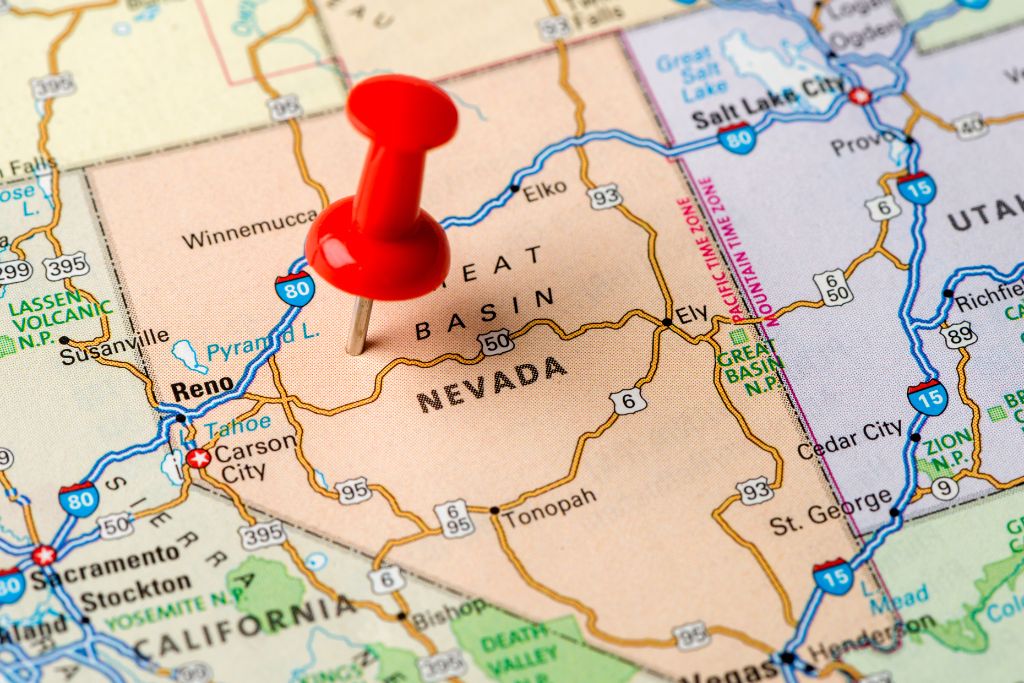
Nevada, often referred to as the “Silver State,” boasts the Royal Peacock Opal Mine, a must-visit for any rockhound. The history of this mine and the treasures it has yielded over the years make it a fascinating destination. As always, adhering to state regulations ensures that rockhounding remains a sustainable hobby for all.
Popular Rockhounding Destinations:
- Virgin Valley
- Garnet Hill
- Rainbow Ridge Opal Mine
Crystals found in Nevada: Opal, Turquoise, Garnet, Jasper, and Variscite.
Arizona
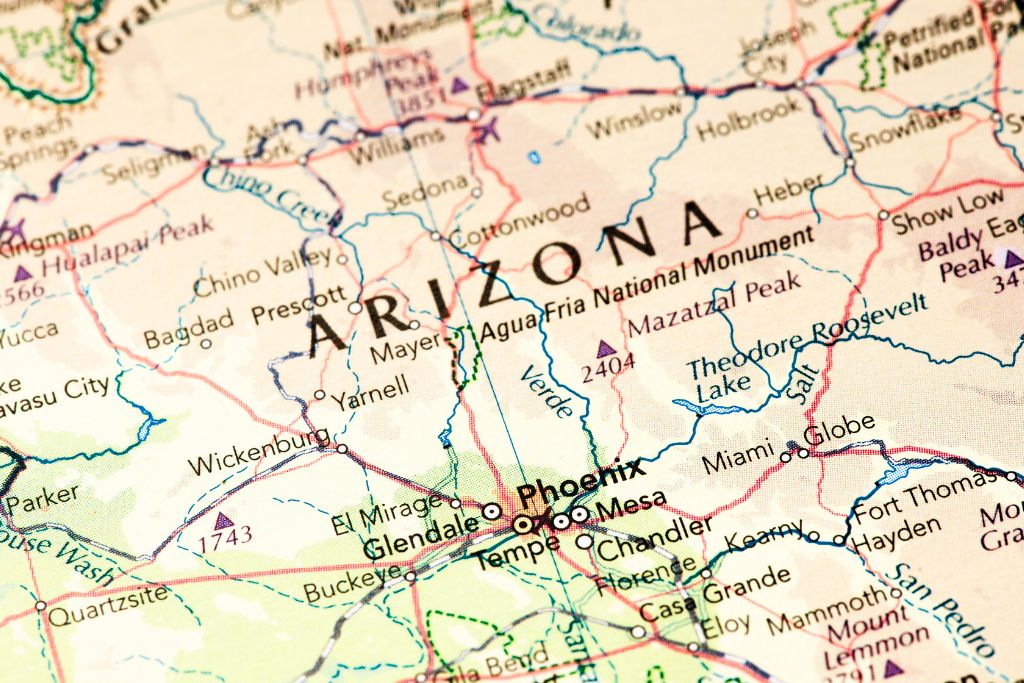
Arizona’s Four Peaks region is a haven for rockhounds. The history of this area and the unique Amethyst mines make it a sought-after destination. Arizona’s diverse geology offers many rock-hounding opportunities, but it’s crucial to know the state’s regulations.
Popular Rockhounding Destinations:
- Peridot Mesa
- Red Cloud Mine
- Wickenburg Area
Crystals found in Arizona: Amethyst, Peridot, Turquoise, Malachite, and Azurite.
Utah
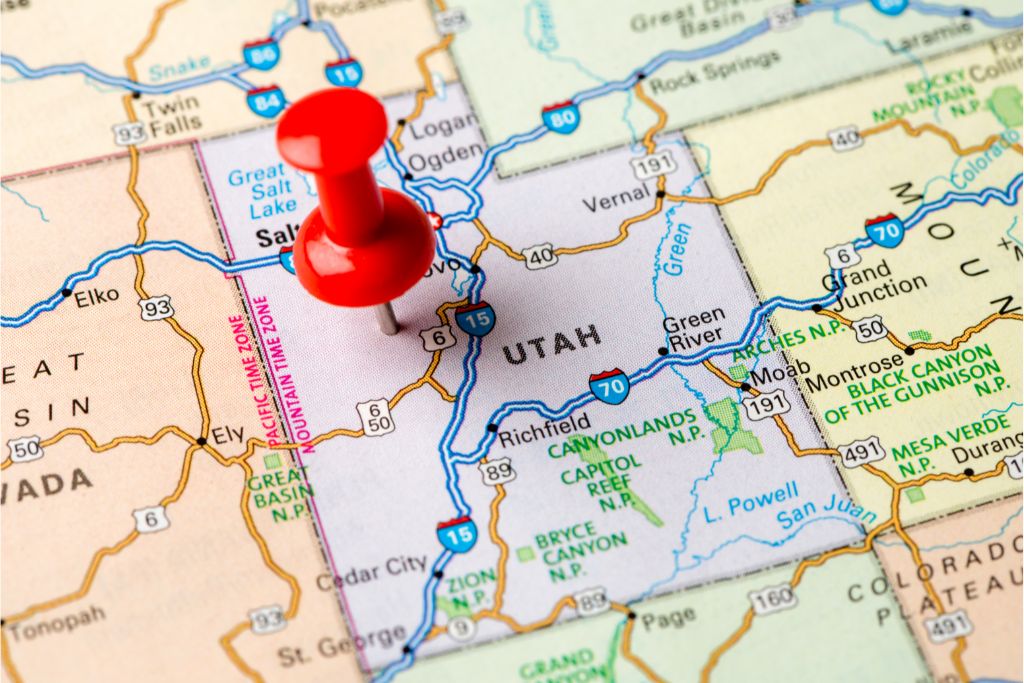
Utah’s Topaz Mountain is a gem in the truest sense. Rockhounds have been drawn to this area for years, searching for the beautiful Topaz crystals that the mountain is named after. As with all states, being familiar with Utah’s specific rockhounding regulations is essential.
Popular Rockhounding Destinations:
- Dugway Geode Beds
- Bixbyite Area
- Sunstone Knoll
Crystals found in Utah: Topaz, Red Beryl, Variscite, Jasper, and Geodes.
New Mexico

New Mexico is renowned for its rockhounding potential, with vast open grasslands and deserts largely covered by public lands open for activities like rockhounding. Rockhound State Park, in particular, stands out as a popular destination where rockhounding is encouraged.
The state’s rich geological landscape offers a variety of rocks and minerals, with Turquoise being the most famous, almost synonymous with the American Southwest. Other unique minerals in New Mexico include Apache Tears and Pecos Diamonds, double-terminated Quartz crystals.
While rockhounding is permitted on public lands, it’s essential to be cautious, especially in sparsely populated and hard-to-access areas.
Popular Rockhounding Destinations:
- Elk Horn Park
- Abiquiu Lake
- Pedernal Park
- Bisti Wilderness
- Jemez National Recreation Area
Crystals found in New Mexico: Turquoise, Agate, Jasper, and Chalcedony.
Colorado

Colorado is renowned among rockhounds due to its vast mountain ranges and intricate geology. The state boasts numerous old mines and potential rockhounding sites. Collectible rocks and minerals are scattered throughout the state, making it a treasure trove for enthusiasts.
The prime rockhounding seasons in Colorado are between Spring and Fall, given the favorable weather and lack of snow cover. Some of the best places to explore include Denver, Colorado Springs, Fort Collins, Gunnison, and counties like Chaffee, Mesa, and Mineral.
Here, one can find a plethora of rocks and minerals, such as Rhodonite, Amethyst, Sphalerite, Agate, Garnet, Fluorite, and Fossils. The state symbols include Rhodochrosite as the state mineral, Yule Marble as the state rock, Aquamarine as the state gemstone, and Stegosaurus as the state fossil.
Popular Rockhounding Destinations in Colorado:
- Chaffee County
- Denver
- Gunnison
- Fort Collins
- Colorado Springs
Crystals found in Colorado: Rhodochrosite, Amethyst, Aquamarine, Garnet, and Fluorite.
Texas

Like all states, Texas has specific rules and regulations for collecting minerals, artifacts, and fossils. The state is particularly stringent, and penalties can be severe for violations. In Texas state parks, collecting any stones is prohibited. Similarly, federal parks in Texas do not allow stone collection.
However, on BLM (Bureau of Land Management) land, rockhounds can collect small and “reasonable” amounts of minerals and stones, provided they use only hand tools and the collection is for personal use.
The majority of Texas is private land, and the rights to any minerals or fossils belong to the landowner. Hence, obtaining permission is crucial. On private land, the rules are determined by the agreement between the rockhound and the landowner.
Popular Rockhounding Destinations in Texas:
- Along Plum Creek, west of Lake Meredith
- Palo Duro Canyon, outside state park boundaries
- Prairie Dog Town Fork of Red River
- Stillwell Ranch, north of Big Bend National Park
- Large area between Crockett, Trinity, and Groveton
Crystals found in Texas: Agate, Fluorite, Jasper, Turquoise, and Amethyst.
Tips to Ethical and Safe Rockhounding in the U.S.
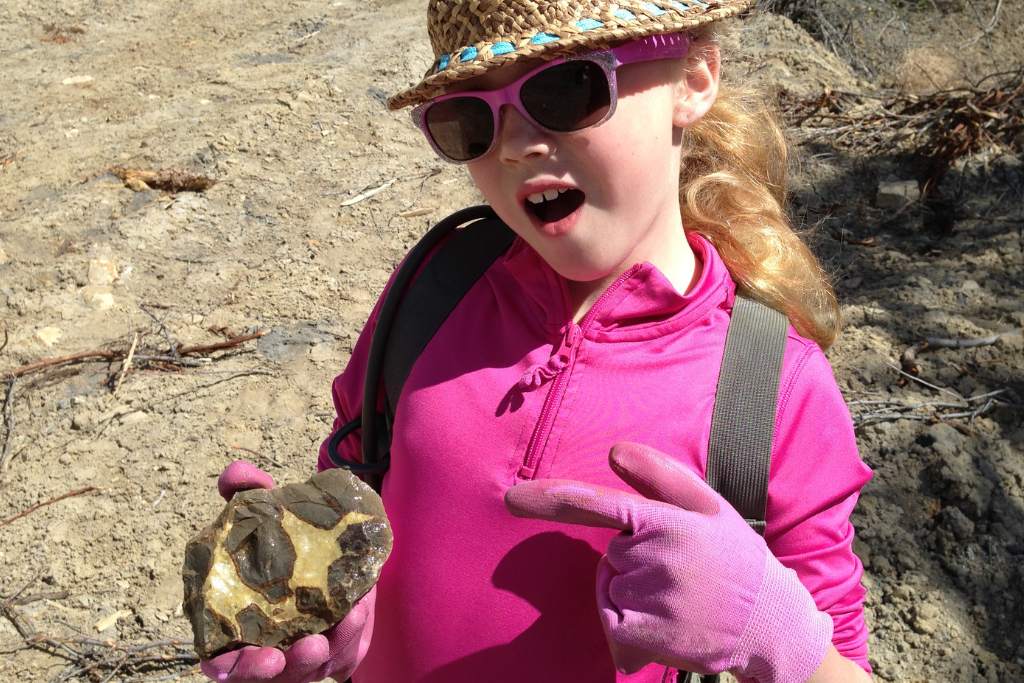
Rockhounding is a rewarding and educational experience. However, it’s essential to approach it with respect for the environment, landowners, and fellow enthusiasts.
Here are some guidelines to ensure a safe and ethical rockhounding experience.
Essential Gear for Rockhounding
- Rock Hammer: A must-have tool for breaking rocks and extracting specimens.
- Safety Goggles: Protect your eyes from flying rock fragments.
- Field Guide: Helps identify and learn about the specimens you find.
- Backpack: To carry tools, first-aid kit, and collected specimens.
- Sturdy Footwear: Protects your feet and provides good grip on uneven terrains.
- Chisels and Brushes: Useful for delicate extraction and cleaning of specimens.
Ethical Rockhounding Practices
- Seek Permission: Always get permission from landowners before rockhounding on private property.
- Follow the Leave No Trace Principles: Minimize your environmental impact by packing out all trash and filling in any holes you dig.
- Collect Responsibly: Take only what you need and leave some for others.
- Respect Wildlife: Be aware of local wildlife and avoid disturbing their habitats.
- Adhere to Local Laws: Familiarize yourself with local regulations and rock-hounding restrictions.
Safety Tips for Beginner Rockhounders
- Stay Hydrated: Carry enough water, especially when rockhounding in hot and arid regions.
- Buddy System: Always rockhound with a friend or inform someone about your whereabouts.
- Be Weather Aware: Check the weather forecast and avoid rockhounding during adverse conditions.
- Stay on Marked Trails: Avoid wandering off into unfamiliar terrains.
- First-Aid Kit: Always carry a basic kit for minor injuries.
Educational Resources and Assistance
- Local Rockhounding Clubs: Joining a club can provide guidance, organized trips, and a community of like-minded enthusiasts.
- Museums and Geological Surveys: They often offer educational materials and workshops on geology and rockhounding.
- Books and Online Resources: Numerous books and websites are dedicated to rockhounding, geology, and mineral identification.
- Workshops and Courses: Consider enrolling in a basic geology or rockhounding course to enhance your knowledge.
Final Thoughts
There’s nothing like rockhounding to discover the hidden gems of the natural world. However, understanding the guidelines is crucial. Our ecology, our safety, and the rights of landowners are all protected by mining regulations. We ensure everyone can continue to enjoy rockhounding in the future by abiding by these laws.
Spend time learning about the rules before starting your next journey. It is the ideal approach to take part in rockhounding responsibly and preserve the pastime for future generations.


